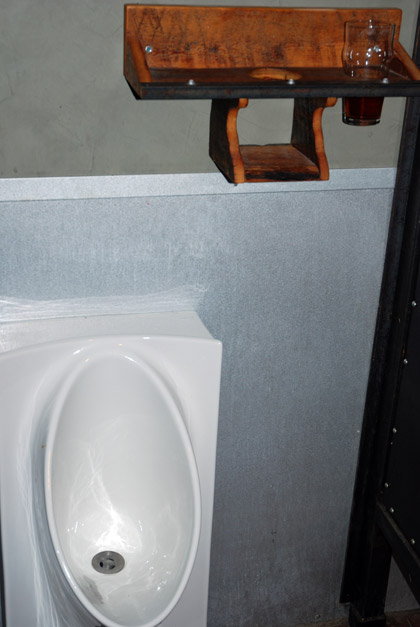In the front matter of his new book, Great American Craft Beer: A Guide to the Nation’s Finest Beers and Breweries, Andy Crouch revisits the never-ending discussion about “What the heck is craft beer anyway?” If you’ve followed this online, including at Crouch’s blog, this won’t be new.
That he notes it is (at least in part) an “existential debate” seems relevant to a guest post this week at WashingtonCityPaper.com. Greg Engert, the beer director for the Neighborhood Restaurant Group, which includes ChurchKey and Birch & Barley, writes that “Craft Brewing Faces an Identity Crisis.”
The debates that continue to arise as to what craft brewing is are inevitable and often interesting. What I find more interesting is the need for craft beer drinkers, myself included, to pin this down, to specifically signify when identifying something as craft-brewed. And these debates always seem to intensify in the face of further complexity, as if craft beer drinkers need to maintain a sort of ownership and authority over a product that is becoming harder and harder to identify by definition. Perhaps even more importantly, the industry is becoming more complex and more difficult to understand and define just as it is also becoming more popular and—dare I say it?—mainstream.
Engert concludes, “In the end, debates about what craft beer is may in actuality be a burgeoning debate about who craft beer may be.”
Existentialists, have at it.
 Derrick Peterman has posted
Derrick Peterman has posted 